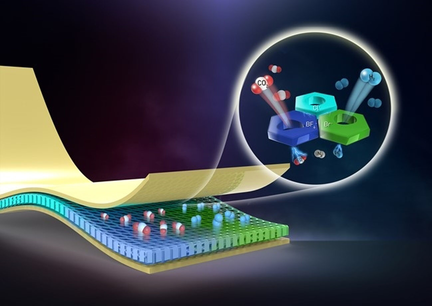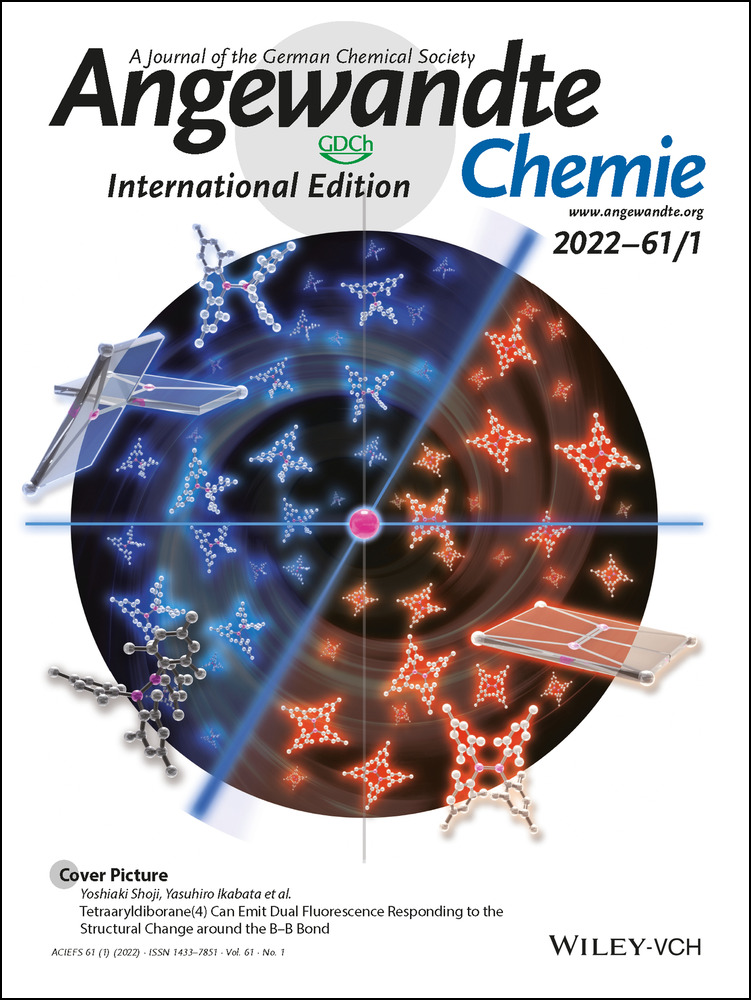Continuous Porous Aromatic Framework Membranes with Modifiable Sites for Optimized Gas Separation
Graphical Abstract
Porous aromatic frameworks (PAFs) with stable carbon–carbon linkages and chemically modifiable pores were shaped into continuous membranes, which are capable of separating industrially valuable gas mixtures, including H2/N2 and CO2/N2. With modulation of the pore structure or chemical environment, the separation performance of continuous PAF membranes exceeded their corresponding Robeson's upper bounds.
Abstract
Continuous microporous membranes are widely studied for gas separation, due to their low energy premium and strong molecular specificity. Porous aromatic frameworks (PAFs) with their exceptional stability and structural flexibility are suited to a wide range of separations. Main-stream PAF-based membranes are usually prepared with polymeric matrices, but their discrete entities and boundary defects weaken their selectivity and permeability. The synthesis of continuous PAF membranes is still a major challenge because PAFs are insoluble. Herein, we successfully synthesized a continuous PAF membrane for gas separation. Both pore size and chemistry of the PAF membrane were modified by ion-exchange, resulting in good selectivity and permeance for the gas mixtures H2/N2 and CO2/N2. The membrane with Br− as a counter ion in the framework exhibited a H2/N2 selectivity of 72.7 with a H2 permeance of 51844 gas permeation units (GPU). When the counter ions were replaced by BF4−, the membrane showed a CO2 permeance of 23058 GPU, and an optimized CO2/N2 selectivity of 60.0. Our results show that continuous PAF membranes with modifiable pores are promising for various gas separation situations.
Conflict of interest
The authors declare no conflict of interest.





